
U.S. President Donald Trump's administration is on a mission to weaken China's global network of ports and bring more strategic terminals under Western control, according to three sources familiar with the plan.The drive is part of the most ambitious effort to expand U.S. maritime influence since the 1970s and is designed to address growing fears in Washington that it would be at a disadvantage
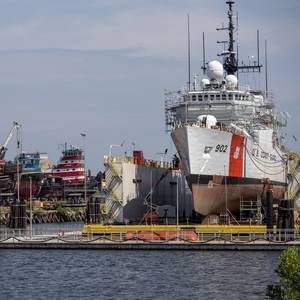
Colonna’s Shipyard is a fifth-generation, family-owned medium-sized shipbuilder, led by Randall Crutchfield, Chairman & CEO, today. Founded in 1875 by 26-year-old ship carpenter Charles J. Colonna with a $2,000 loan from his brother, he founded a company that has not only withstood the test of time
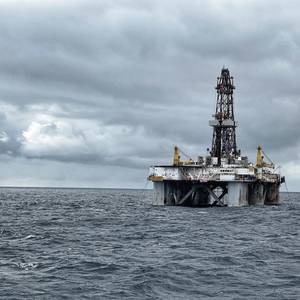
The offshore rig market recovery appears to have taken a pause, with demand tapering off and marketed utilization hitting the lowest levels recorded since recovery began in 2021. A variety of factors have contributed to this – including Saudi Aramco’s suspension of over 30 jackup contracts by up to one year, the entry of newbuild rigs into the market without work to go to
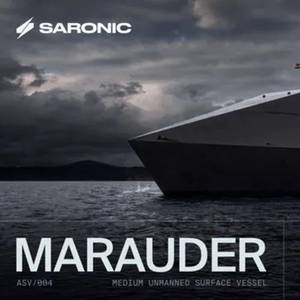
Saronic accelerates its growth into autonomous shipbuilding with the acquisition of Gulf Craft, a Louisiana-based shipbuilder with a 60-year history of developing manned and unmanned ships for defense and commercial customers.Through this acquisition, Saronic gains a strategically located shipyard on the Gulf Coast that will serve as the prototyping and production hub for its medium unmanned
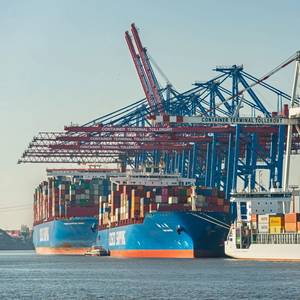
Germany’s maritime industry is proving resilient amid global economic uncertainty and shifting geopolitical priorities. At the annual conference of the German Shipowners' Association (VDR), statistics underscore the sector's role in securing trade, employment, and economic stability.
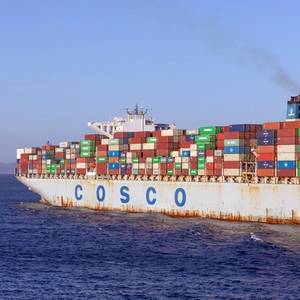
The U.S. Trade Representative's office has proposed charging up to $1.5 million for Chinese-built vessels entering U.S. ports as part of its investigation into China's growing domination of the global shipbuilding, maritime and logistics sectors.USTR said in a January 16 report on a probe launched during the administration of former President Joe Biden that China increased its share of global
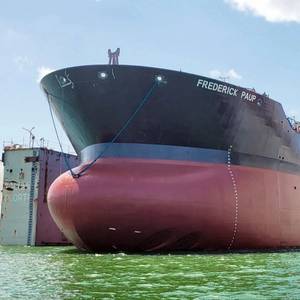
Manson Construction has long been a pillar of the U.S. maritime industry, rooted in a tradition of U.S.-built, U.S.-owned, and U.S.-operated vessels. The company was founded in 1905 by Peter Manson, when he dug up a jar of gold coins [because he didn’t trust the banks] and purchased a winch, a winch that was then put on a barge and that became Manson's first pile driver.
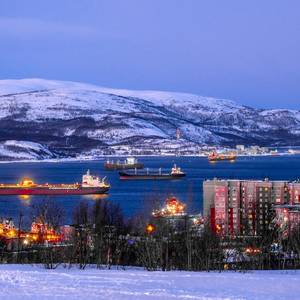
President Vladimir Putin on Thursday launched a nuclear-powered submarine equipped with hypersonic Zircon missiles capable of travelling at several times the speed of sound.Russian news agencies, referring to a video link from the Arctic port of Murmansk, said Putin launched the vessel, named Perm after a city in the Urals, with the order: "I hereby authorise!"The Russian agencies
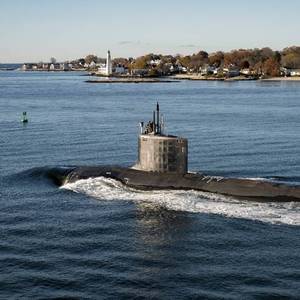
General Dynamics Electric Boat has been awarded a $1 billion undefinitized contract modification allowing Electric Boat to purchase long lead time materials for Virginia Class Block VI submarines as detailed in a U.S. Department of Defense contract announcement.Virginia-class submarines are designed from the keel up for the full range of 21st-century mission requirements
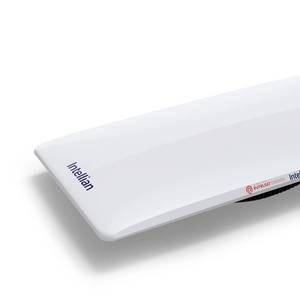
Intellian Technologies Inc., a global technology solutions provider of multi-constellation satellite user terminals and Eutelsat Group, the only GEO-LEO operator in satellite communications, announced that the new Enterprise Flat Panels are now available exclusively on Eutelsat’s OneWeb LEO network.

J.F. Lehman & Company (JFLCO), a middle-market private equity, has through its investment affiliates sold Global Marine Group (GMG) to Keppel Infrastructure Fund (KIF).With a legacy dating to 1850, GMG is one of the leading providers of subsea telecom maintenance and installation services, supporting mission-critical global communications infrastructure.
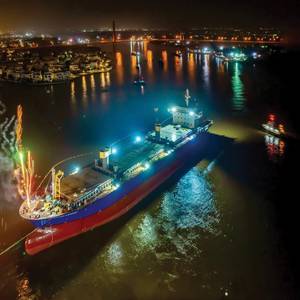
While many economic sectors were affected by the COVID-19 pandemic, Vietnam's shipbuilding industry continued to grow, affirming its strong and growing position in the international space. Vietnam's shipbuilding industry achieved many accomplishments in 2024 with the construction, launching and delivery of many specialized ships, contributing to the world's fleet